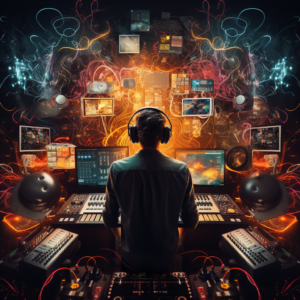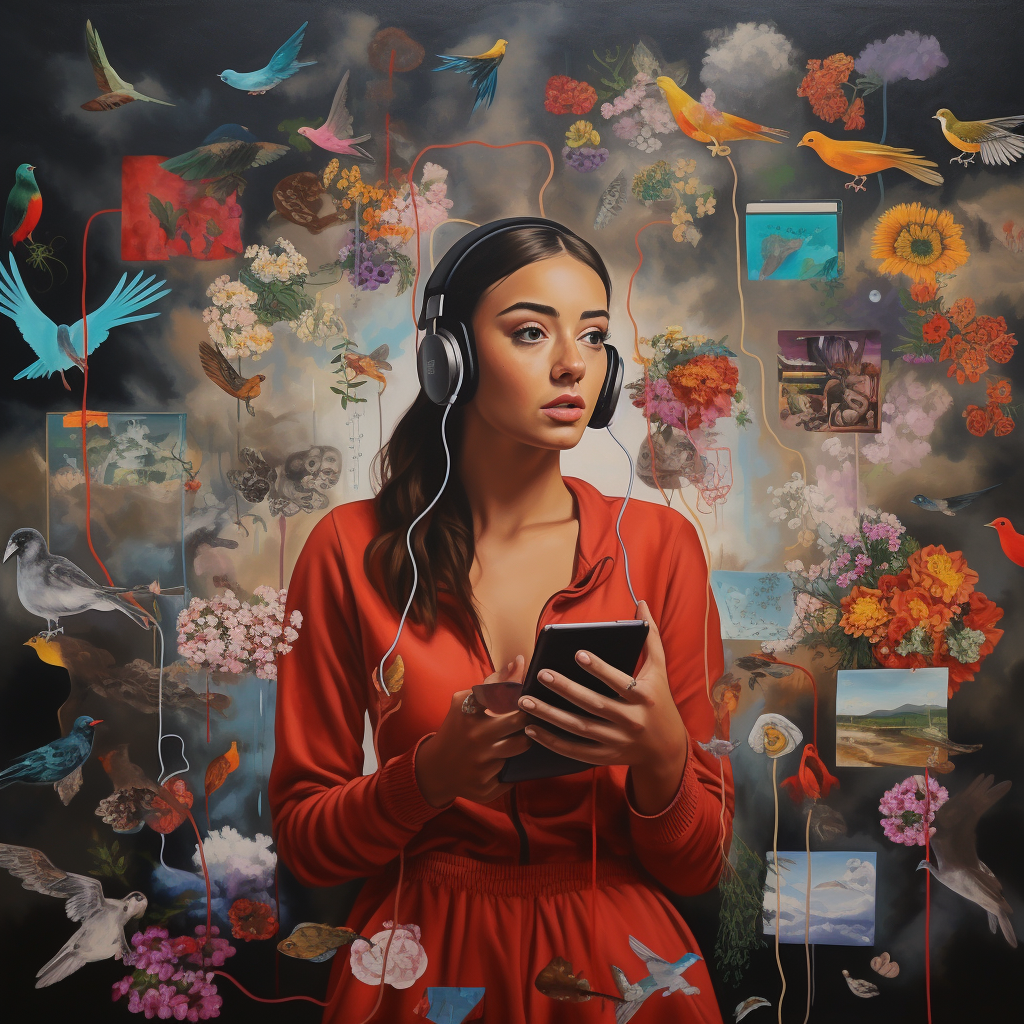Social media has revolutionized the art world, providing emerging artists with unprecedented opportunities to showcase their work and build a following. From Instagram to Twitter, artists can use these platforms to connect with fans, curators, and collectors, and to gain visibility in an increasingly competitive market.
One of the greatest advantages of social media for emerging artists is the ability to reach a global audience. Instagram, for example, has over one billion active users worldwide, creating a vast potential market for artists to showcase their work. Through the use of hashtags, viral trends, and user engagement, artists can gain visibility and recognition beyond their local community.
In addition to offering greater exposure, social media platforms also provide a direct connection between artists and their audience. Artists can share their creative process, post behind-the-scenes images, and engage with fans in real-time. This direct interaction can help build a loyal fanbase and increase engagement with potential buyers and collectors.
While social media offers many opportunities for emerging artists, it’s important to develop a cohesive and compelling personal brand online. Creating a visually appealing feed, sharing engaging content, and consistently engaging with followers are all essential elements of building a successful online presence.
However, the pressure to maintain an online persona can also be a challenge. It’s important for artists to balance their online identity with their offline studio practice and remain authentic in their interactions with followers.
Social media presents many opportunities for visual artists, particularly through platforms like Instagram and Pinterest, which act as virtual galleries. Artists can showcase their work, reach potential buyers, and even make sales online. However, the need to constantly produce and share content can create its own set of pressures and challenges.
Additionally, the online art world can be a double-edged sword, with criticism and negativity being just as prevalent as praise and recognition. It’s important for emerging artists to navigate the online art world with care, seeking out community and support as needed.



